Eurozone industrial production rose 2.5% mom in November, well above expectation of 0.3% mom. Production of capital goods rose by 7.0% mom and intermediate goods by 1.5% mom, while production of durable consumer goods fell by -1.2% mom, non-durable consumer goods by -1.7% mom and energy by -3.9% mom.
EU industrial production rose 2.3% mom. Among Member States, for which data are available, the highest increases were registered in Ireland (+52.8% mom), Greece (+6.3% mom) and Denmark (+5.3% mom). The largest decreases were observed in Portugal (-5.1% mom), Belgium (-3.5% mom) and Croatia (-2.6% mom).




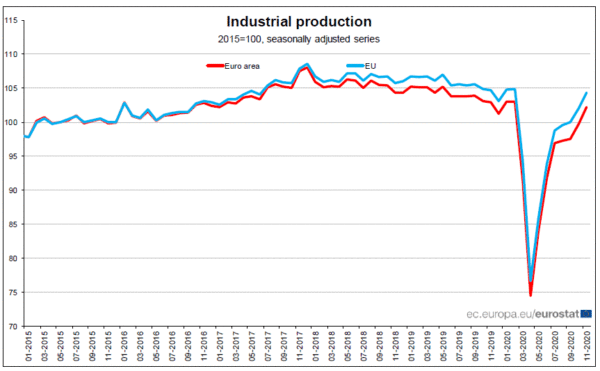
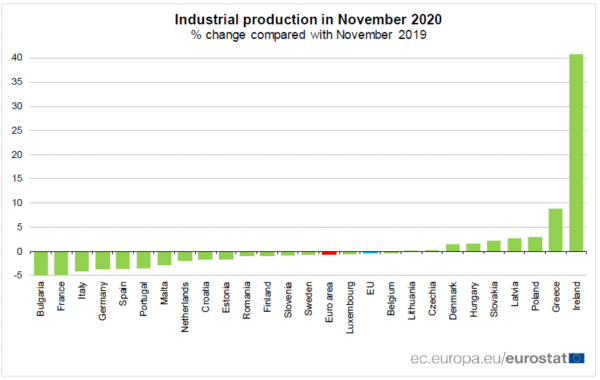
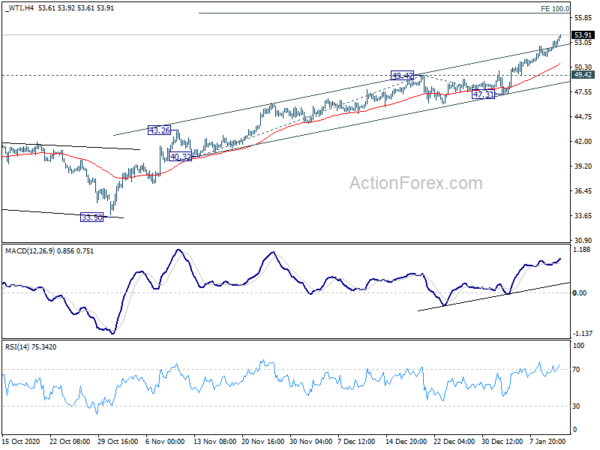
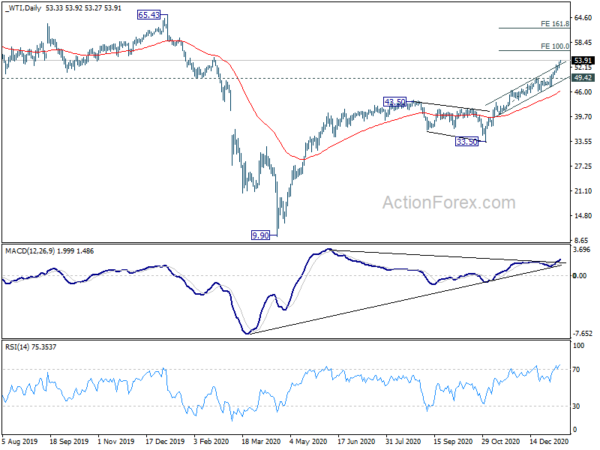
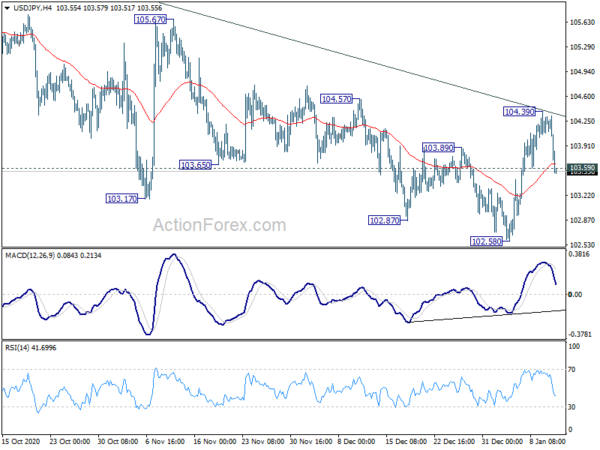
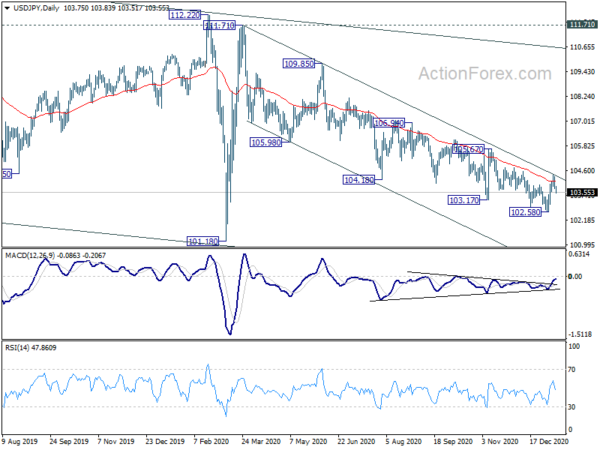
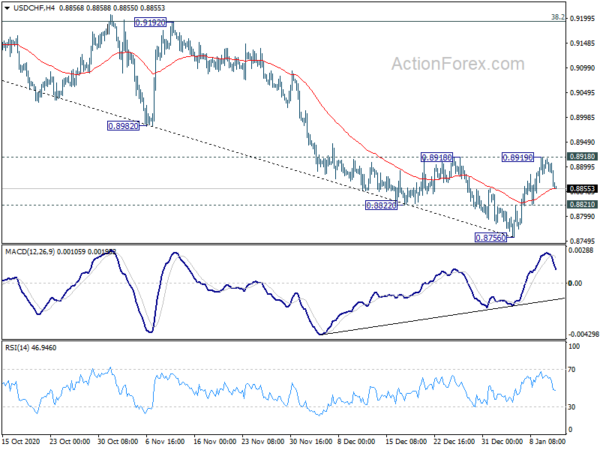
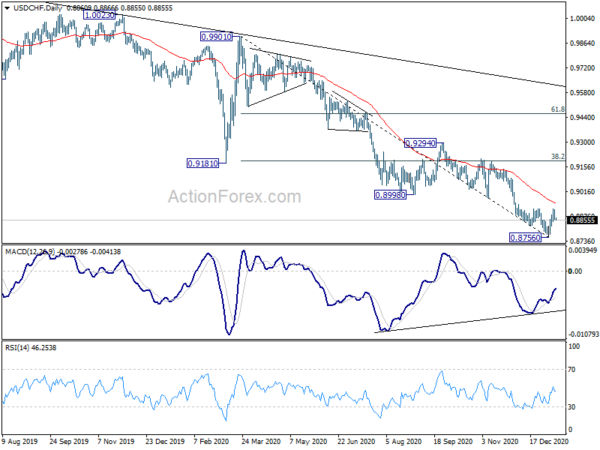
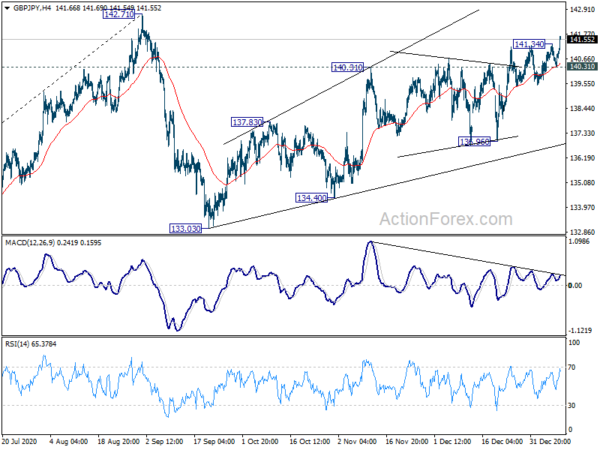
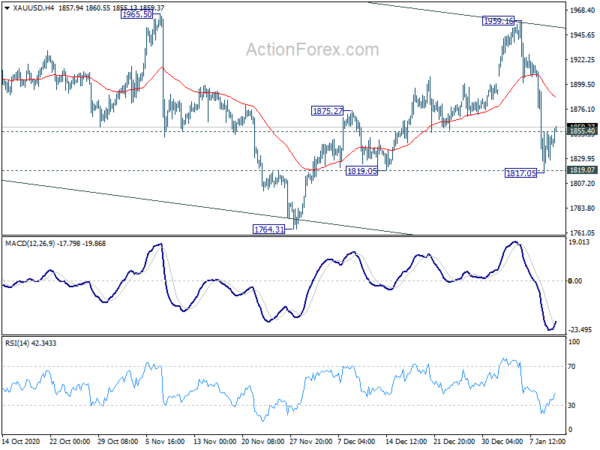
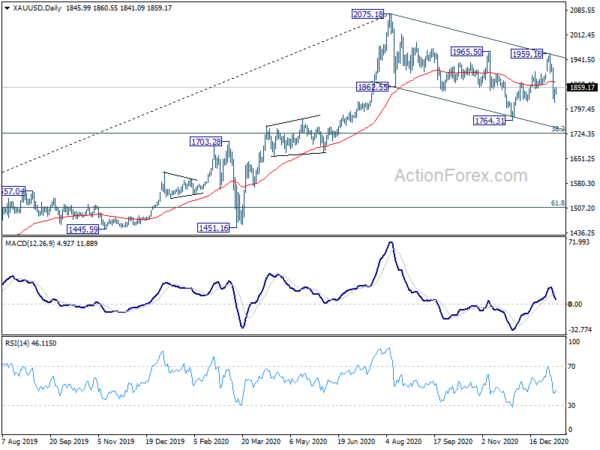
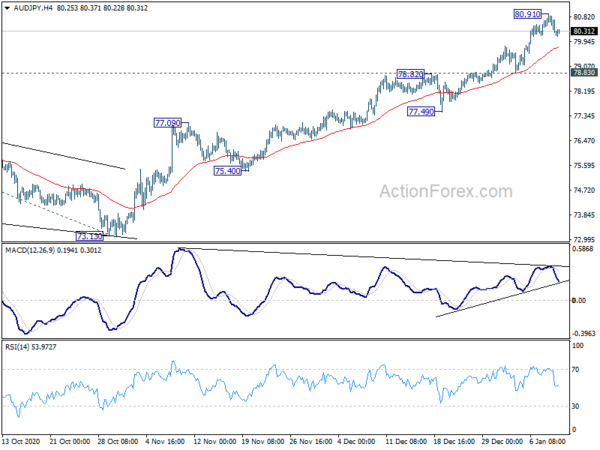
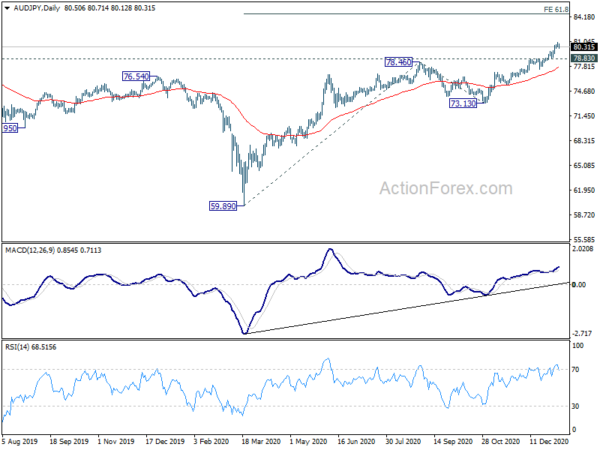
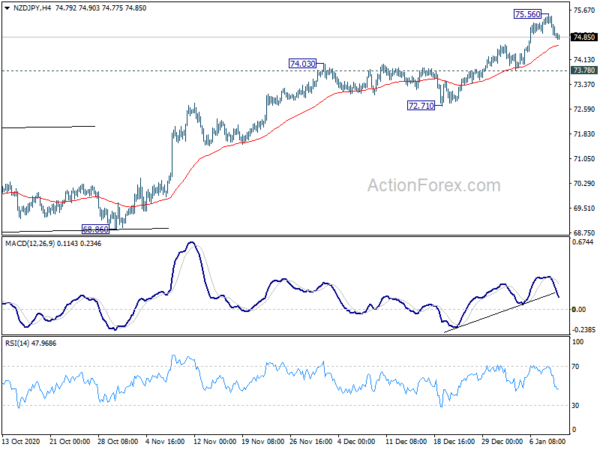
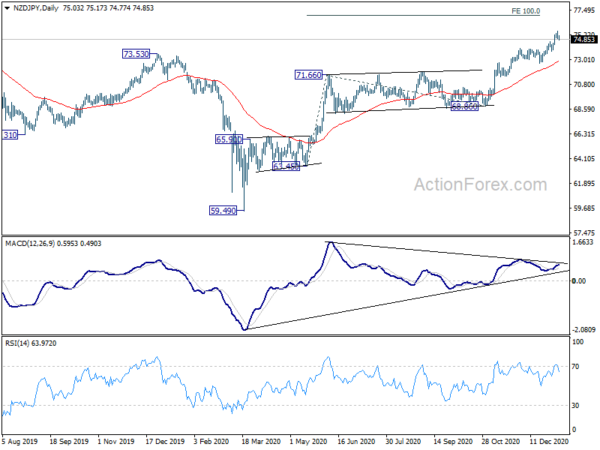
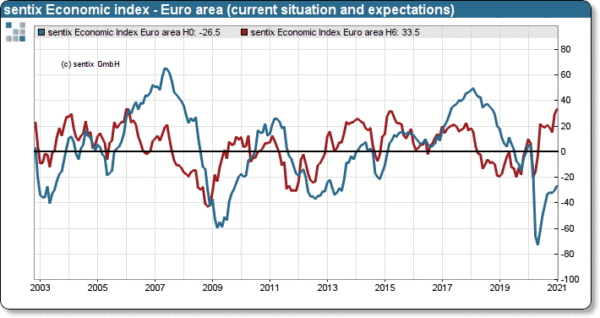
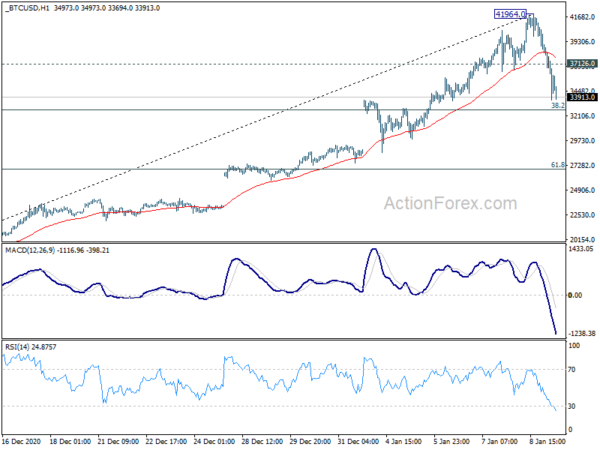
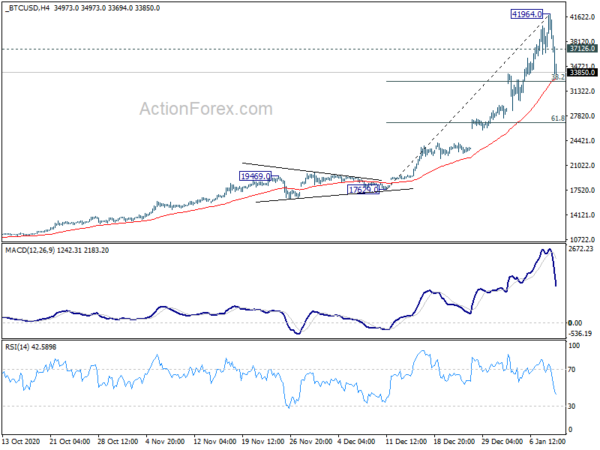
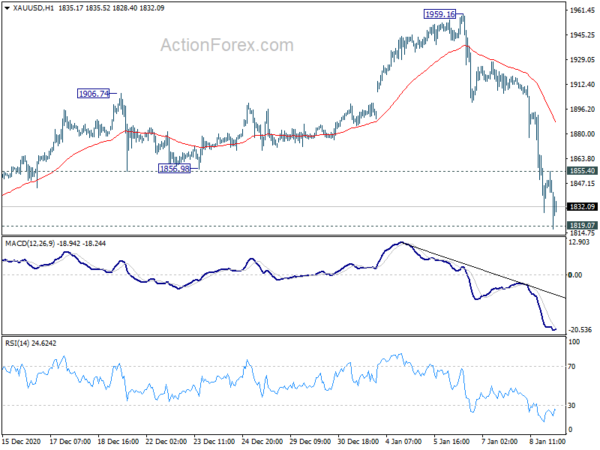
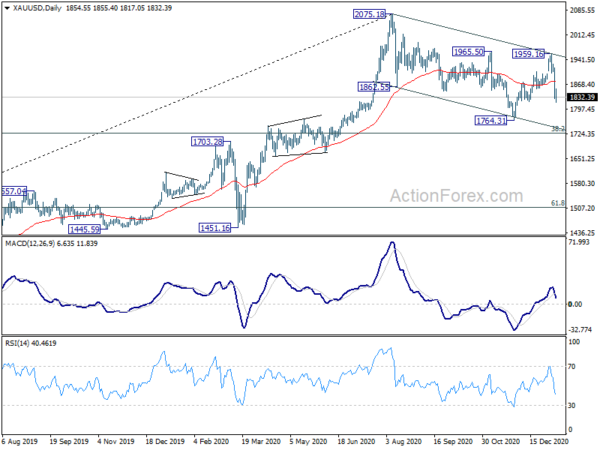

ECB Lagarde: Some restrictions in Q1 considered in last economic projections
ECB President Christine Lagarde said the forecasts of 3.9% GDP growth this year in Eurozone is “still very plausible”, despite resurgent in coronavirus infections. She explained that’s because “our forecast is predicated on lockdown measures until the end of the first quarter.
“What would be a concern would be that after the end of March those member states still need to have lockdown measures and if, for instance, vaccination programmes were slowed down,” she added.